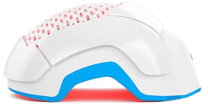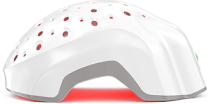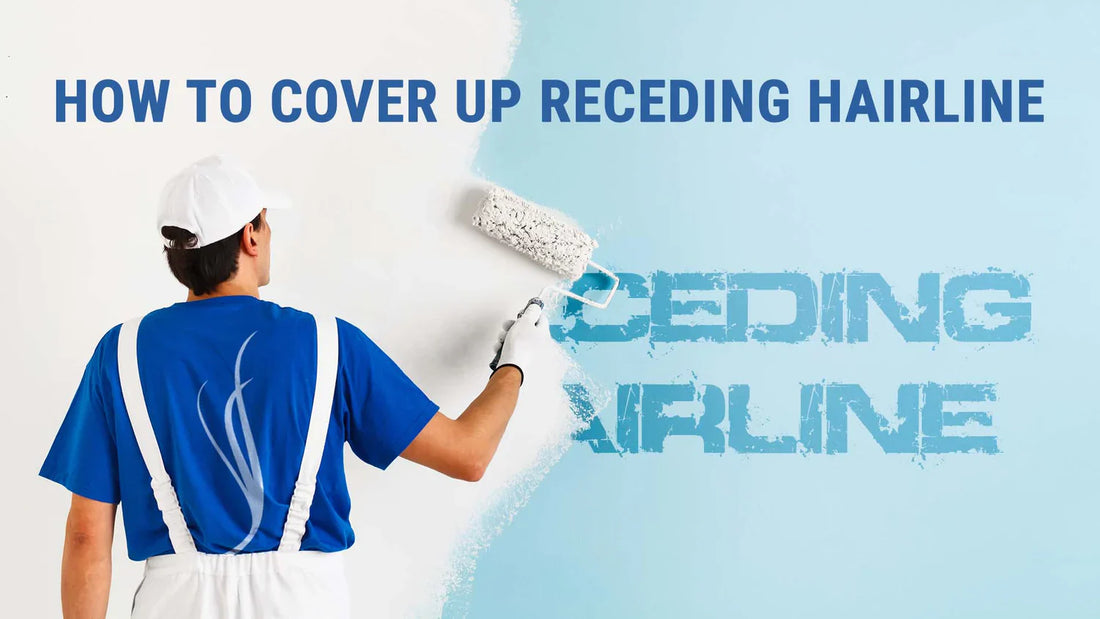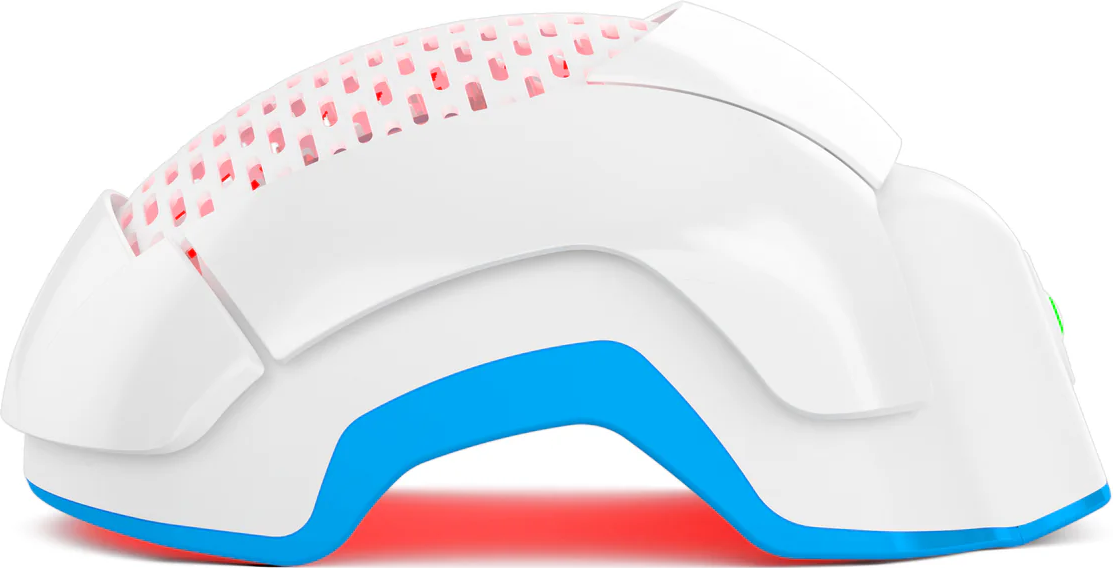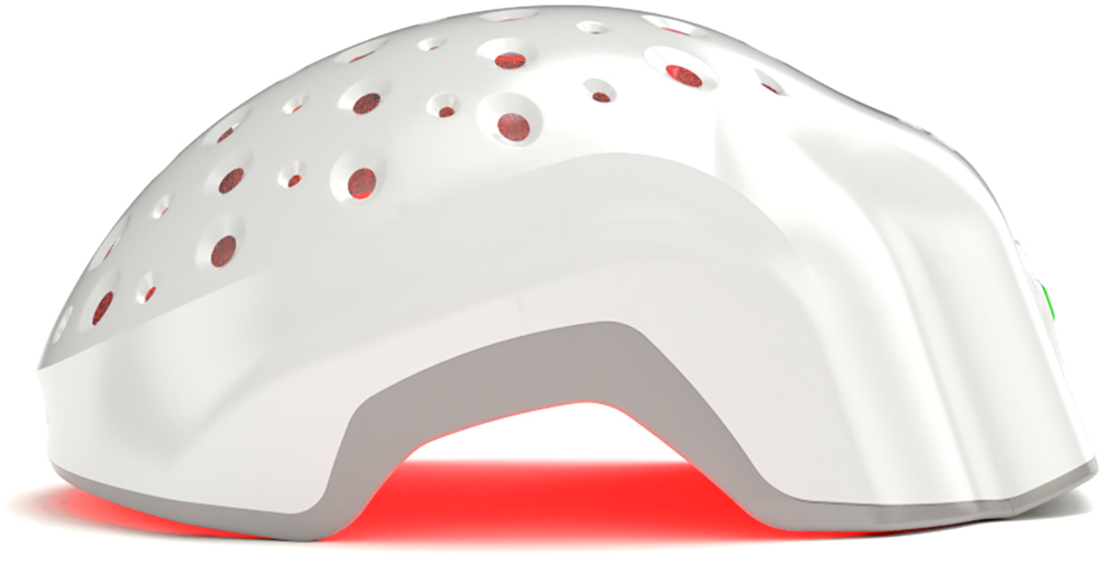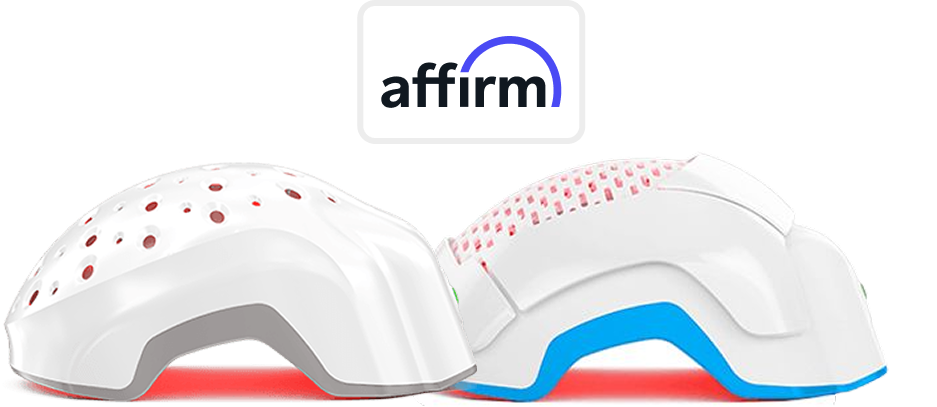Receding hairlines don’t creep in quietly—they charge in, front and center, making themselves the main event in the mirror. And while they’re not a medical emergency, they can absolutely shake your confidence, shift your style choices, and leave you wondering if every gust of wind is about to ruin your day. That’s why knowing how to cover up receding hairline is a practical need with real emotional weight.
Statistically, it’s common. More than 50% of men will deal with some degree of hairline recession by their late 40s, and women aren’t exempt either—especially when hormonal changes start to kick in. But common doesn’t mean acceptable, and just because it’s happening doesn’t mean you have to sit back and let your forehead take over.
The problem isn’t the hairline itself—it’s that too many people don’t know how to hide their receding hairline without it looking obvious, awkward, or overly done. Some methods scream desperation. Others are quietly genius. The trick is knowing which is which—and how to use them without announcing it to the room.
How to Hide Your Receding Hairline?
You’re not trying to reverse time, just outsmart your hairline—and there are more ways to do that than most people realize. These seven hacks blend visual trickery, hair science, and common sense. No snake oil required.
1. Haircut
The right haircut for receding hairline is the smartest first move. A clean fade, textured crop, or even a full buzz cut can shift the visual focus from thinning areas to overall symmetry. These styles reduce the contrast between sparse and dense zones, minimizing the obvious.
Avoid anything that tries to “bridge the gap” by combing hair over thinning areas—those days are done. Ask your barber for natural volume and texture to break up scalp visibility. Best hairstyles for receding hairline often start with one rule: less is more, but smarter is everything.
2. Hairstyle
Knowing how to style hair with a receding hairline can make the difference between “struggling with it” and “owning it.” Styles with volume—like a side-swept fringe or a subtle messy quiff—help frame the face and cover thinning temples.
Women seeking hairstyles to hide receding hairline often find layered bobs, angled cuts, or curtain bangs offering the right balance of coverage and movement. Regardless of gender, the strategy is the same: create lift, add shape, and avoid flat styles that cling to the scalp.
3. Hair Filling Powder
When the hairline starts looking like it responded to a vanishing act, hairline powder for thinning hair can be a real MVP. These powders cling to existing strands and create instant density that blends in seamlessly with natural hair.
Hair fibers for receding hairline are available in multiple shades and textures, making it easy to find a near-perfect match. They're a discreet fix, resistant to sweat and wind, and ideal for those in-between salon visits or high-stakes events.
4. Hair Extensions
Used wisely, hair toppers for receding hairline and lightweight extensions can be lifesavers. Clip-in bangs or frontal pieces instantly disguise sparse front zones, add volume, and restore balance to your hairstyle. But treat them with caution—overuse or constant tension from extensions can lead to traction-related hair breakage or even hair loss, especially around already-fragile hairlines.
Avoid heavy or tension-causing extensions that pull on fragile areas. Stick to breathable bases and secure attachments. Lightweight, temporary extensions are ideal for short-term fixes or experimenting with fuller styles without long-term commitment—or scalp trauma.
5. Hair Product
Styling products can make or break your camouflaging efforts. Avoid anything greasy or too shiny—pomades and gels tend to cling to the scalp and highlight thin patches. Matte-finish waxes and texturizing sprays are your friends here.
Look for volumizing products that add lift at the roots, creating the illusion of thickness. If it builds body without making your hair look like it just escaped a vat of oil, it’s probably worth keeping in your lineup. When in doubt, test in daylight—because overhead lighting exposes everything.
6. Strategic Parting
Changing where you part your hair isn’t just a style switch—it’s a visual cheat code. Deep side parts or zigzag parts can redirect attention away from thinning temples or frontal recession. The goal isn’t to hide, it’s to reshape the visual balance of your hair.
This works especially well for receding hairline camouflage because it breaks the eye’s line of sight across exposed areas and draws attention to volume zones instead.
Pair a strategic part with a bit of root-lifting spray or dry texture powder for added height. It’s low-risk, high-reward—and your scalp won’t hold it against you later.
7. Hair Color
Color might not regrow hair, but it can cover receding hairline better than you think. Darker roots reduce scalp contrast, while color that closely matches your skin tone can help disguise hair thinning altogether.
Highlights can draw attention away from temples and redistribute visual weight across the head. This isn’t about drama—it’s about balance. Subtle shifts in shade can do more than layers of product when it comes to softening the look of a sparse hairline.
Also Read: How hair color affects your hair?
Conclusion
Receding hairlines happen—but so do brilliant workarounds. From smart cuts to precision coloring and clever use of concealers, you’ve got real options when it comes to how to hide receding hairline without going overboard. The key is subtlety, consistency, and knowing what works for your face shape, hair type, and lifestyle.
Of course, covering up is one thing—addressing the root of the problem is another. If you’re looking for longer-term support, Laser Phototherapy (LPT) or Low-Level Light Therapy (LLLT) like Theradome offers an evidence-backed, drug-free option that’s proven to stimulate regrowth over time. But whether you’re buying time or building it back, the confidence boost starts here.


